What good is a cake without the frosting? Sure, it still tastes good, but it isn’t giving you its full potential. That’s sort of what a garden is like without nooks and crannies plants: good, but not as great as it could be. These tiny treasures fill in all the gaps and cracks of a landscape. They’re great for planting between stepping stones or along the edges of walls. Often they’re considered alpine plants, thriving in rocky soils and less-than-hospitable conditions—but not always. Steve and Danielle do their best at giving options for nooks-and-crannies plants for sun, shade, and for various soil types in this episode. Much to Steve’s disappointment, there was no sampling of baked goods during taping.
Expert testimony: Rebecca Sweet, owner of Harmony in the Garden, a landscape design company in the Bay Area of California.
DANIELLE’S PLANTS
Appalachian sedum (Sedum glaucophyllum, Zones 4–9)
Alpine geranium (Erodium reichardii, Zones 6–9)
Blue star creeper (Isotoma fluviatilis, Zones 6–8)
Kenilworth ivy (Cymbalaria muralis, Zones 4–8)
STEVE’S PLANTS
European wild ginger (Asarum europaeum, Zones 4–7)
‘Dickson’s Gold’ bellflower (Campanula ‘Dickson’s Gold’, Zones 3–8)
Yellow heron’s bill (Erodium chrysanthum, Zones 6–8)
Creeping saxifrage (Saxifraga stolonifera, Zones 6–9)
EXPERT TESTIMONY
‘Royal Ruby’ hens and chicks (Sempervivum ‘Royal Ruby’, Zones 4–9)
‘Black’ hens and chicks (Sempervivum ‘Black’, Zones 4–9)
Majorcan germander (Teucrium cossonii, Zones 7–10)
Corsican stonecrop (Sedum dasyphyllum, Zones 3–9)
Silver germander (Teucrium ackermannii, Zones 7–10)
‘Summer Sunshine’ germander (Teucrium chamaedrys ‘Summer Sunshine’, Zones 4–9)
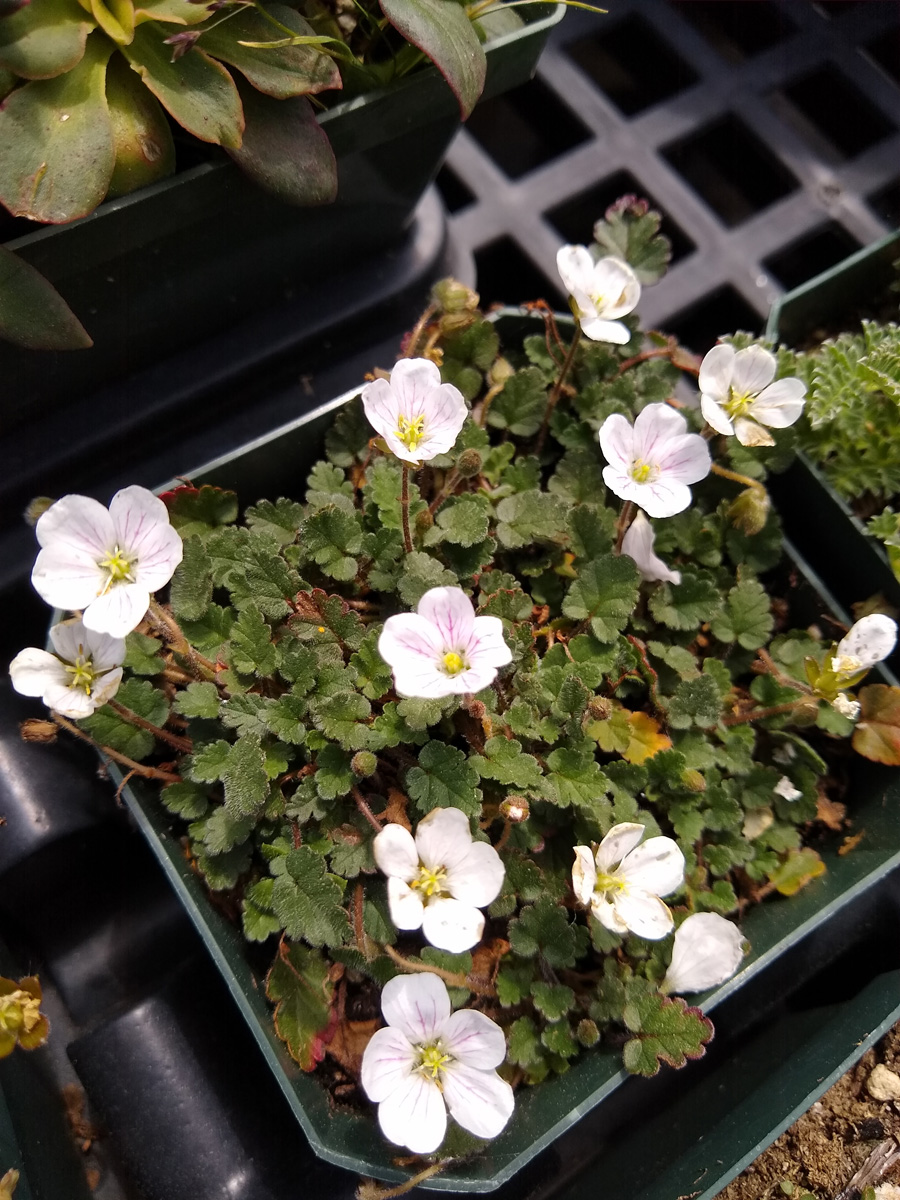
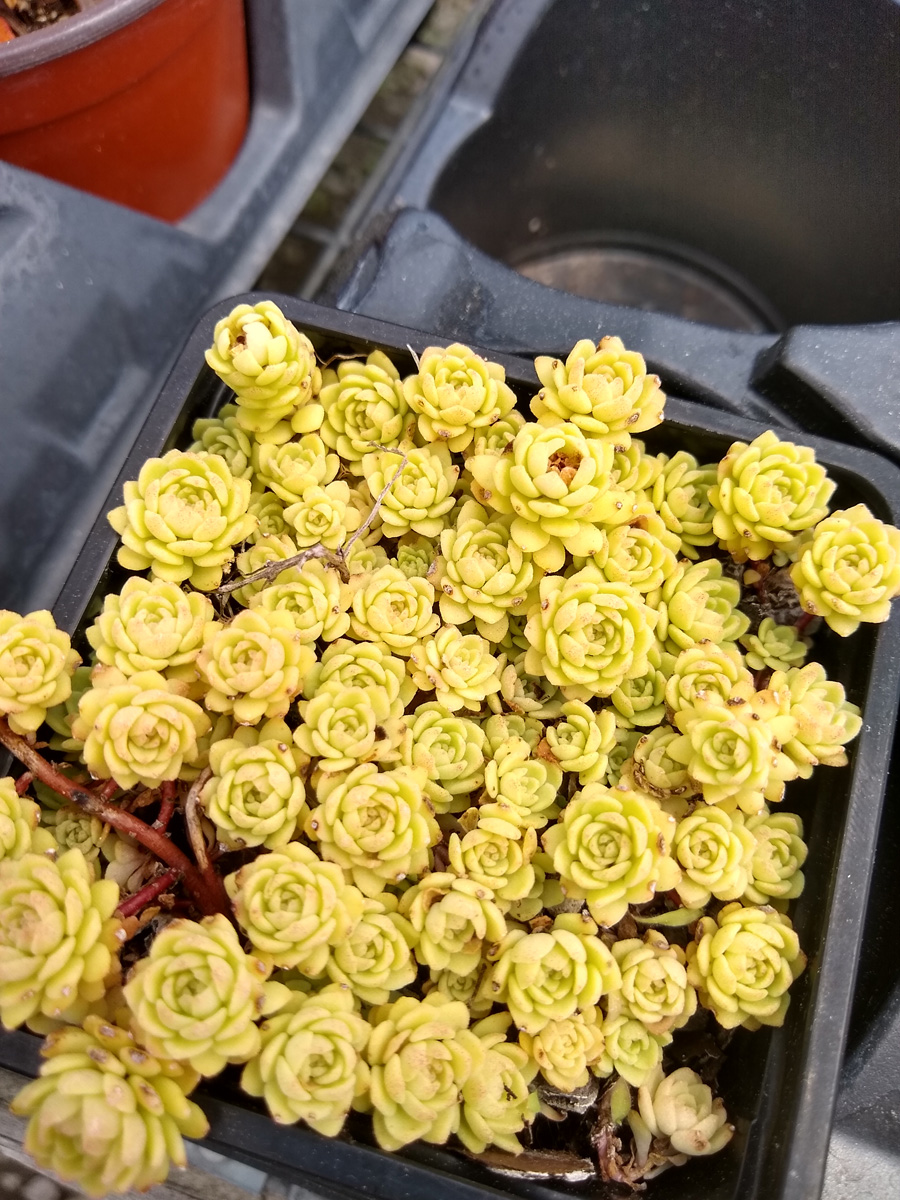
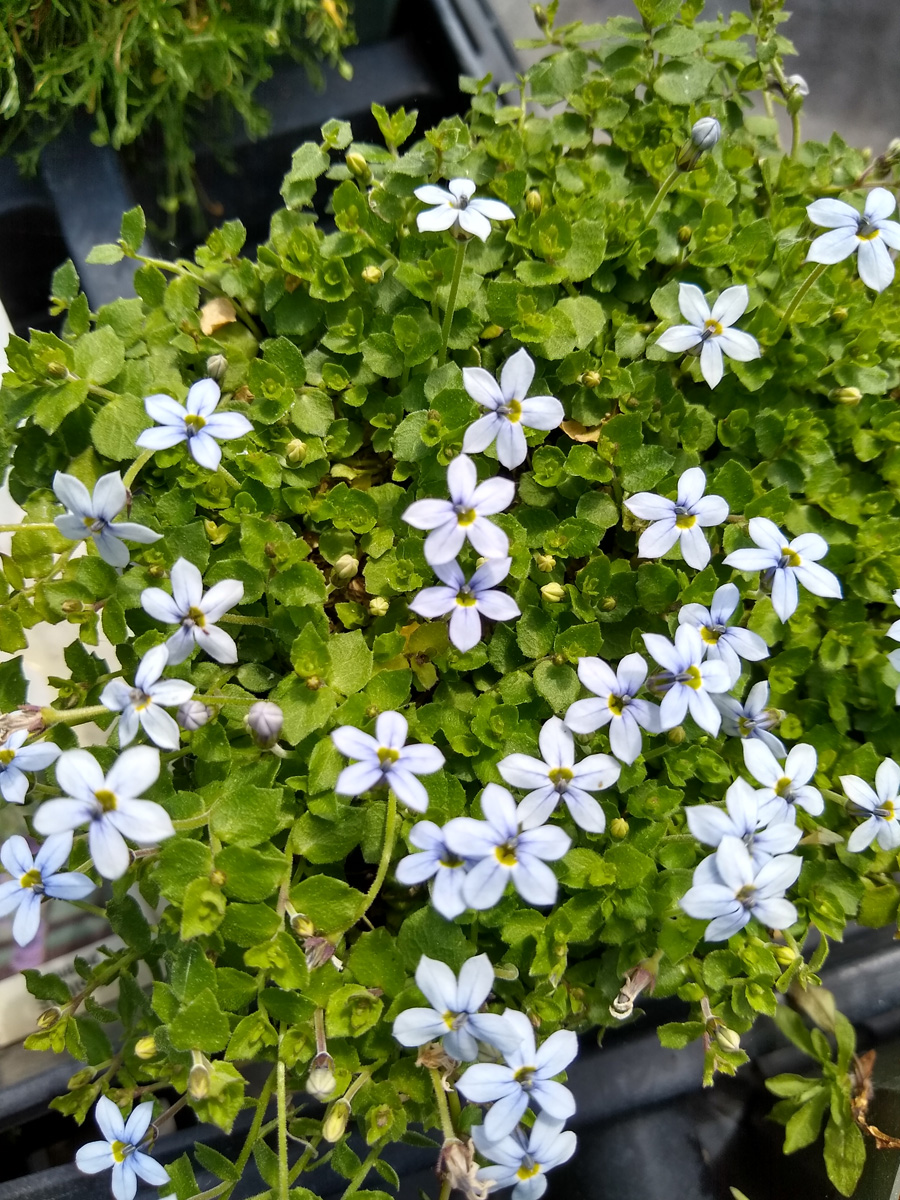
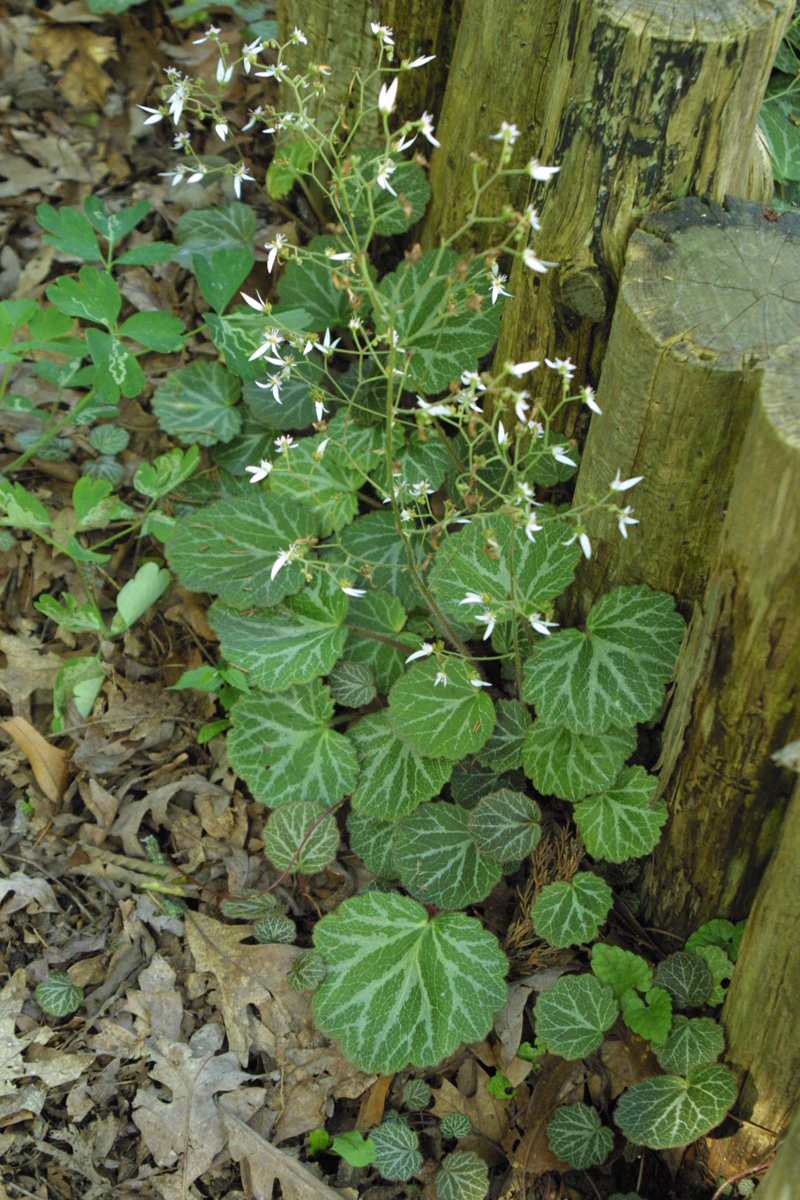



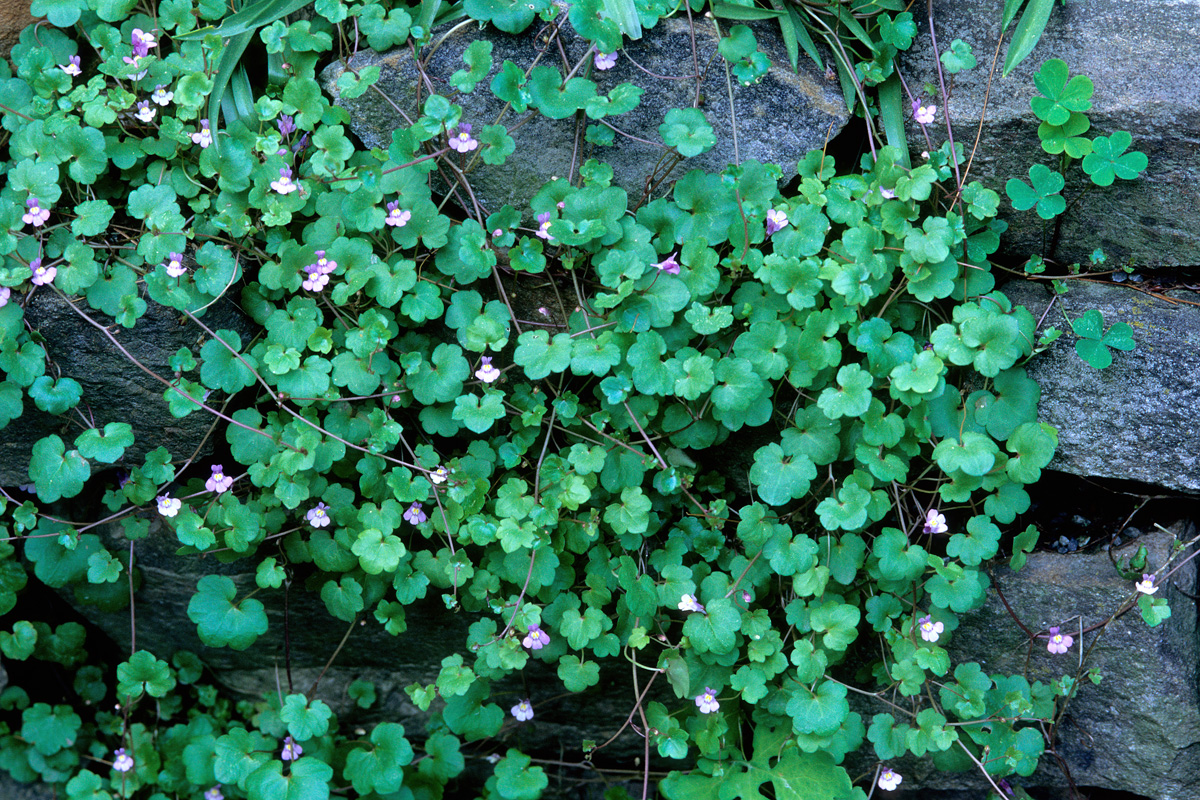
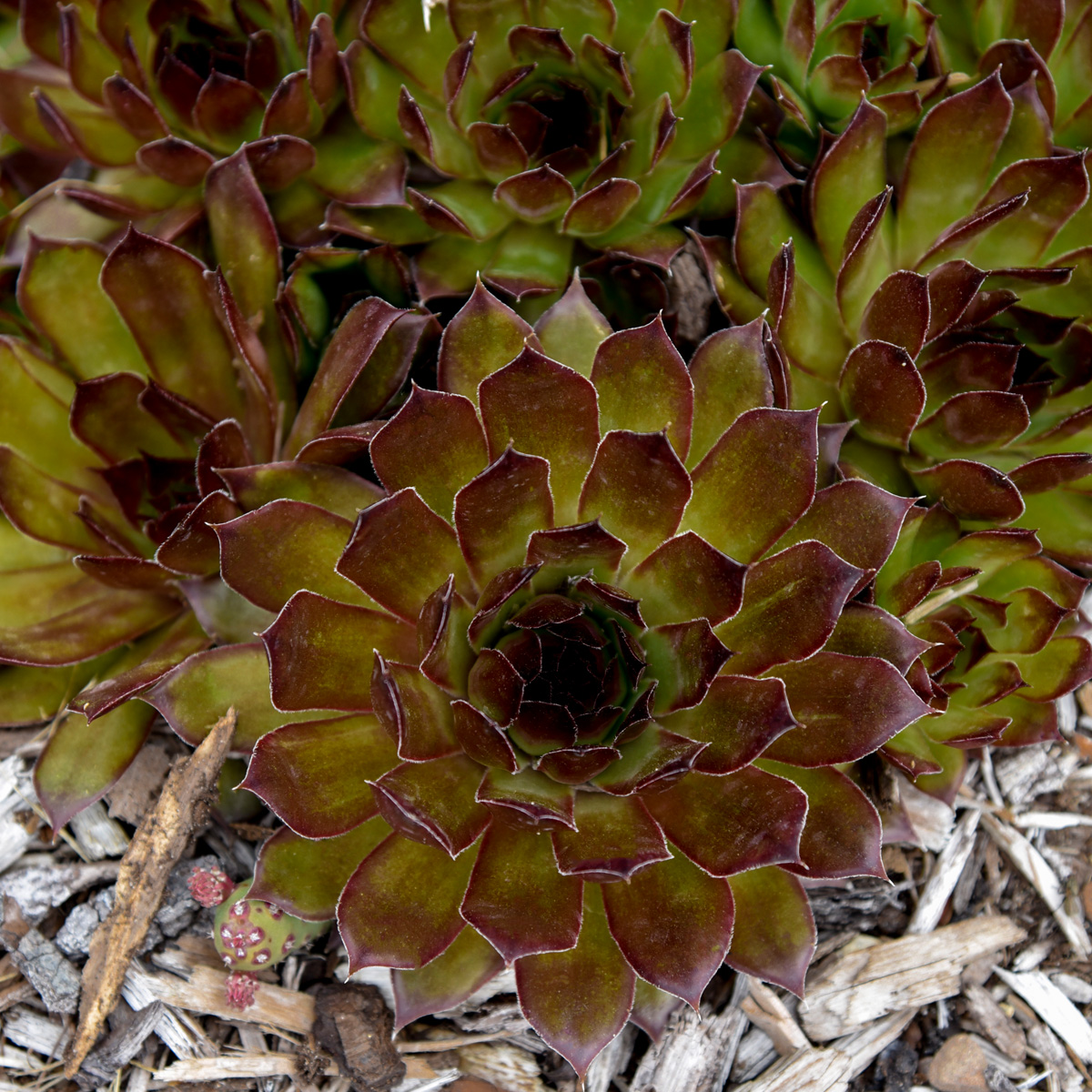
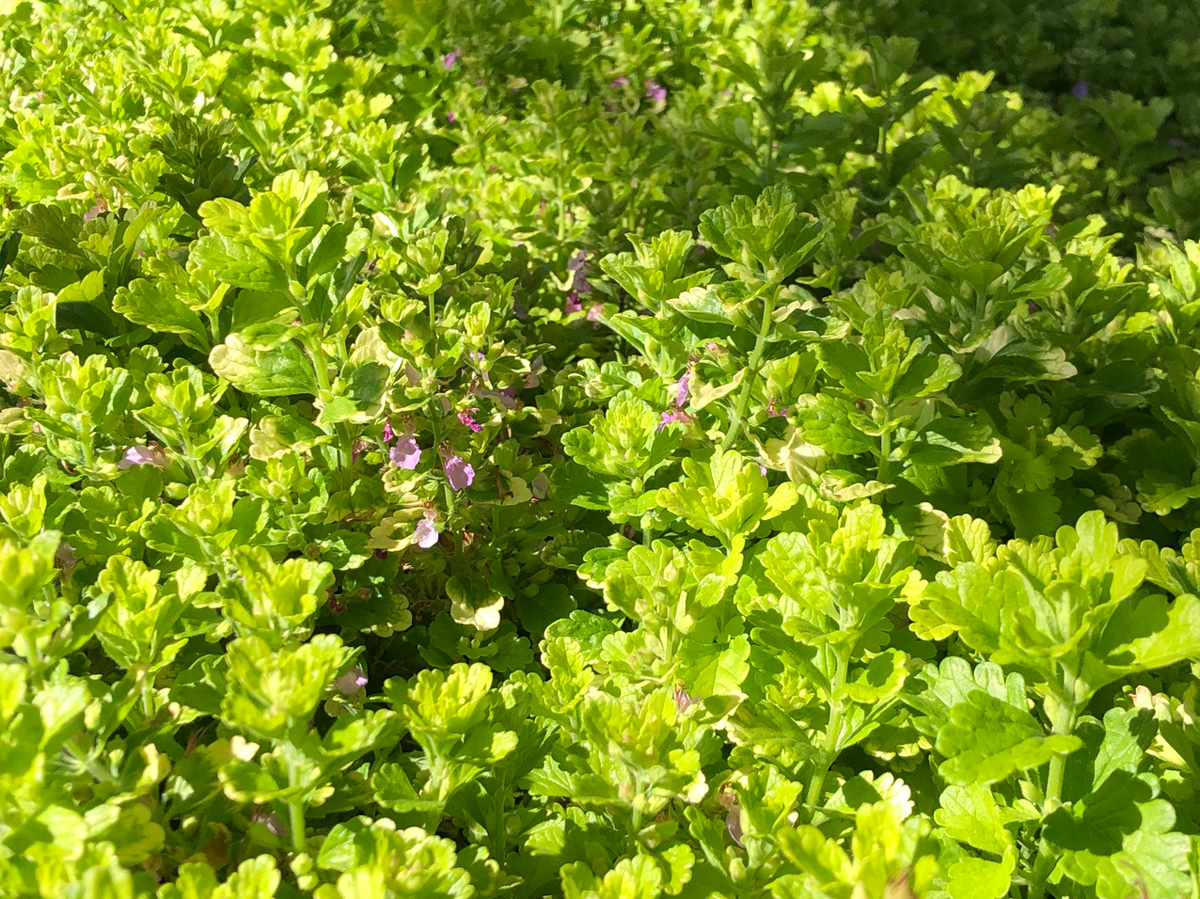


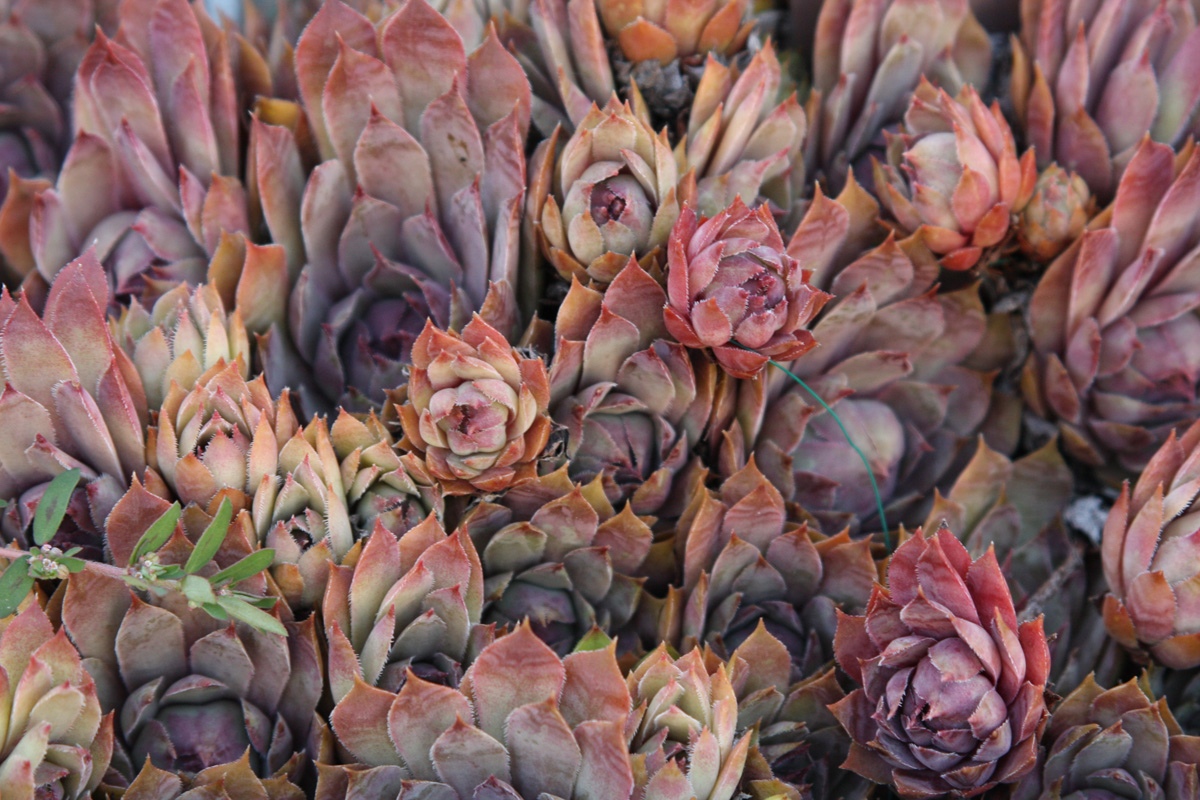






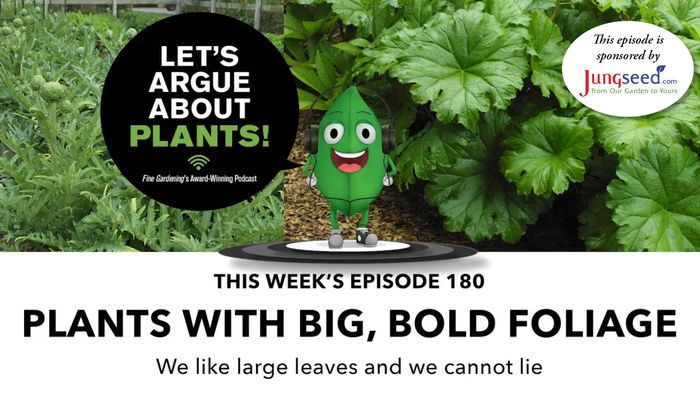
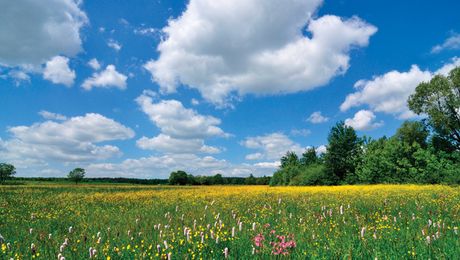
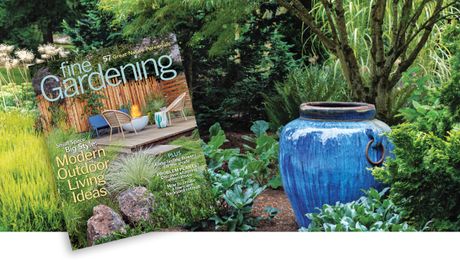


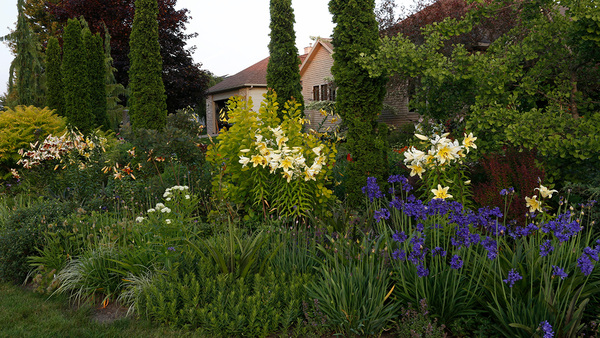



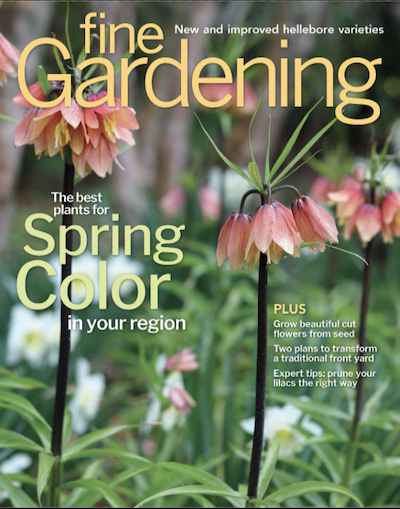



Comments
Love that Dickson's Gold campanula. Got to try that one.
Also this segment may explain why the germander that I planted this spring has suddenly turned up its toes and may be dead. Not enough drainage or maybe just too much watering. All those 90 degree days in southern Indiana had me out watering new plants almost daily. I'll try keeping him thirsty and see what happens.
Log in or create an account to post a comment.
Sign up Log in